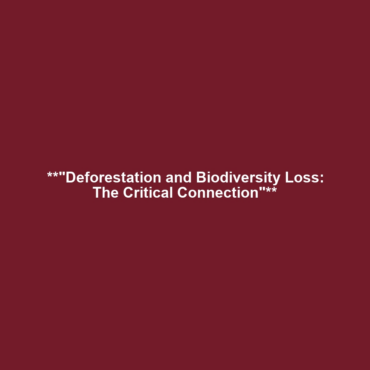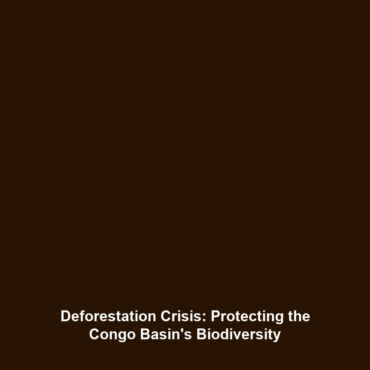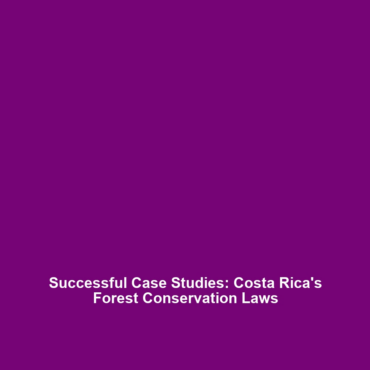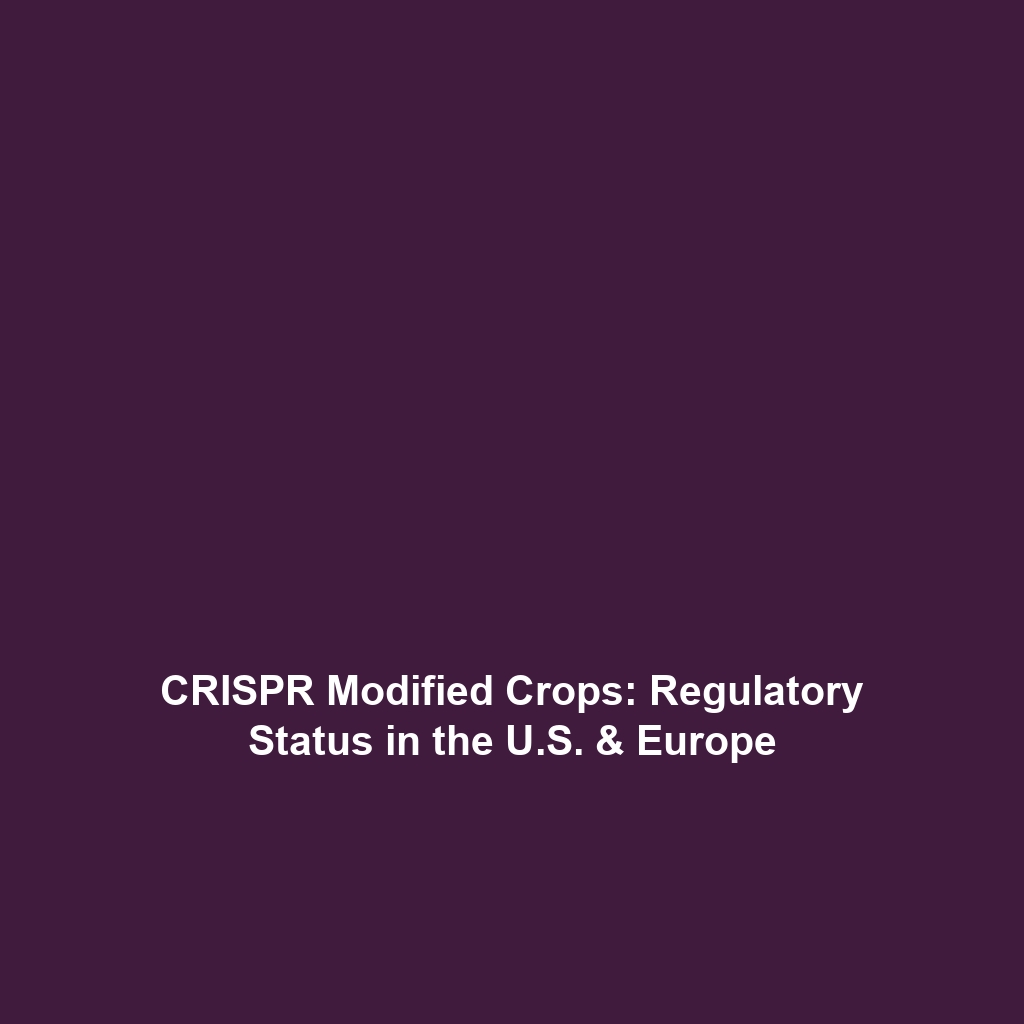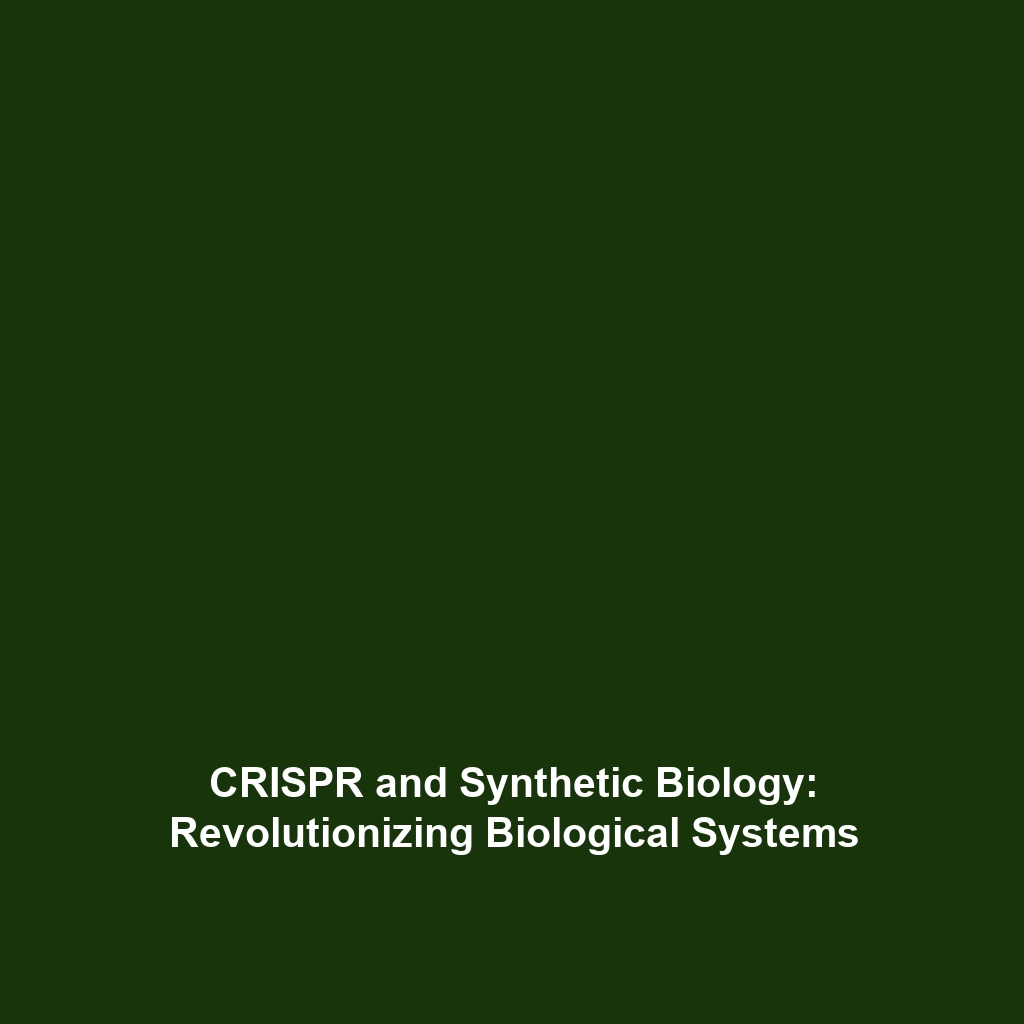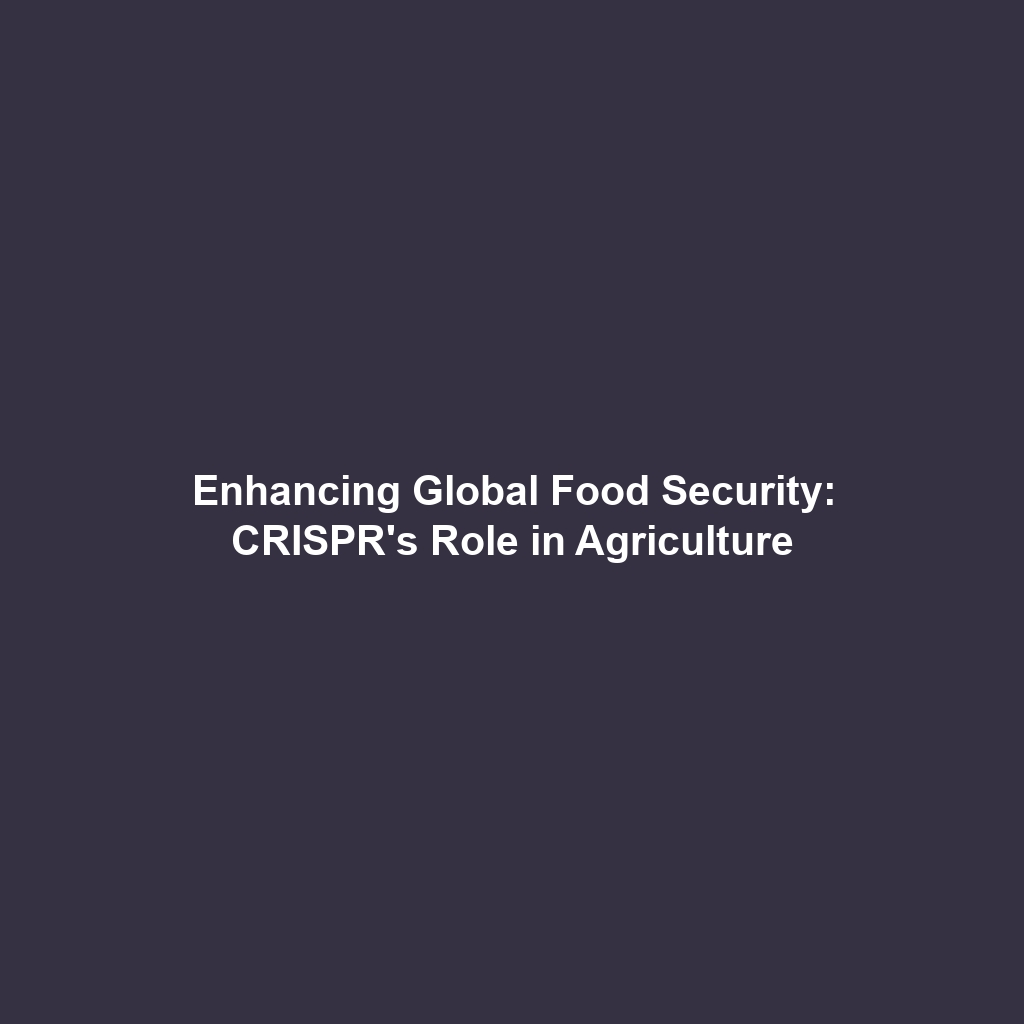“`
Connection Between Deforestation and Biodiversity Loss: How One Impacts the Other
Deforestation remains one of the most pressing environmental challenges globally, leading to profound impacts on biodiversity. Understanding the connection between deforestation and biodiversity loss is crucial not just for ecological health but also for human survival. This article delves into the significant implications of deforestation on biodiversity and explores the intersection of these critical issues within environmental science.
Key Concepts
The relationship between deforestation and biodiversity loss encompasses several key concepts:
- Habitat Destruction: Deforestation often results in the loss of habitats for countless species, severely impacting ecosystem balance.
- Species Extinction: As forests diminish, many species face extinction due to the unavailability of their natural habitats.
- Fragmentation: Deforestation can lead to habitat fragmentation, isolating species populations and reducing genetic diversity.
- Climate Change: Forests play a vital role in regulating climate; their removal accelerates climate change, further threatening biodiversity.
Applications and Real-World Uses
Understanding how deforestation impacts biodiversity has significant real-world applications:
- Conservation Strategies: Knowledge of this connection is used to develop conservation plans that protect vulnerable ecosystems.
- Sustainable Forestry Practices: Implementing best practices in forestry can minimize deforestation’s impacts on biodiversity.
- Restoration Ecology: Techniques in restoration ecology aim to bring back biodiversity to deforested areas, reversing some impacts of habitat loss.
By addressing how deforestation affects biodiversity, these applications play a critical role in mitigating the ongoing crisis.
Current Challenges
Despite the importance of studying the connection between deforestation and biodiversity loss, several challenges persist:
- Data Limitations: There is often insufficient data on species populations and habitat health, complicating conservation efforts.
- Political and Economic Pressures: Economic interests frequently overshadow environmental concerns, leading to deforestation policies that disregard biodiversity.
- Public Awareness: Limited public understanding of these issues impedes efforts to promote sustainable practices and policies.
Future Research and Innovations
Future research is vital to address deforestation and biodiversity challenges:
- Satellite Monitoring: Innovations in satellite technology can enhance monitoring of deforestation in real-time, aiding quick responses.
- Genetic Studies: Future studies in genetics could help in understanding species adaptability and resilience to habitat changes.
- Community-Based Conservation: Grassroots initiatives are increasingly recognized as crucial for effective conservation strategies.
Conclusion
In summary, the connection between deforestation and biodiversity loss is intricate and significantly influences ecological balance and human well-being. Strategies that prioritize the protection of forests and the preservation of biodiversity are essential to combat the negative impacts of climate change and habitat destruction. To learn more about the implications of these issues, visit our further reading section or explore related articles on conservation strategies and sustainable practices.
“`
The article above effectively discusses the connection between deforestation and biodiversity loss while utilizing relevant keywords for SEO optimization. The structured format ensures easy readability and engagement for a broad audience.
